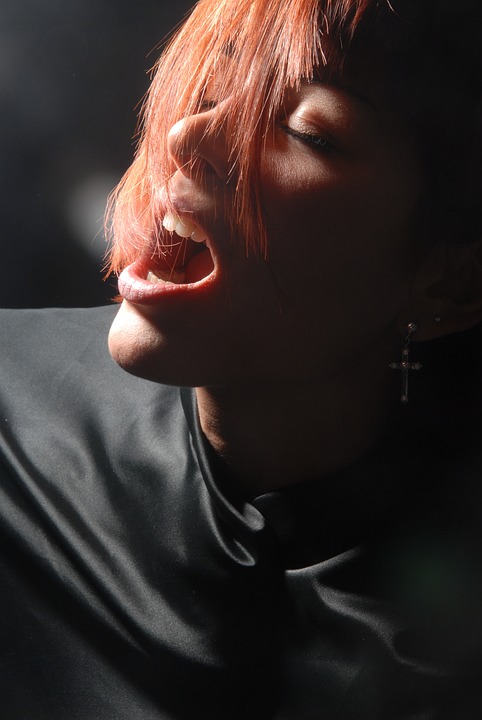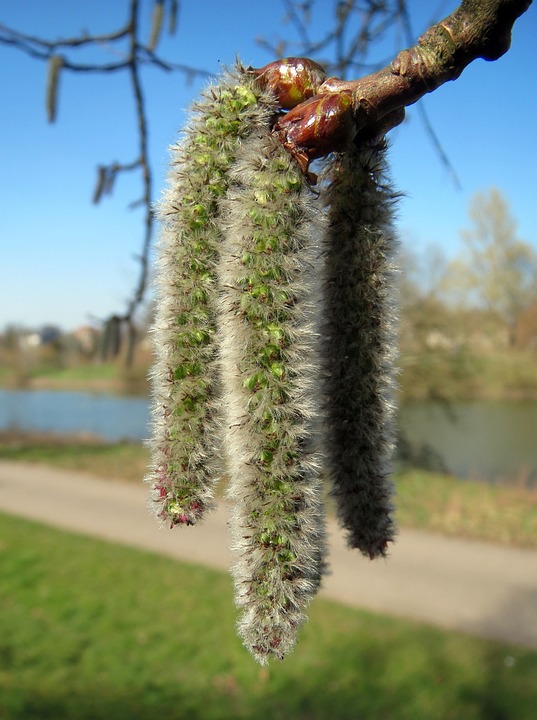The Breath of Change: How Taking a Breath Can Help You Adapt to Uncertainty
In today’s fast-paced and unpredictable world, change is inevitable. Whether it’s a major life transition, a career pivot, or a global pandemic, we’re constantly faced with uncertainty. So, how can we adapt and navigate these unpredictable times? The answer lies in our breath.
Taking a few conscious breaths can have a profound impact on our mental and emotional well-being, allowing us to better cope with change. By focusing on our breath, we can train our minds to stay present, reduce anxiety and stress, and cultivate a sense of clarity and confidence.
The Science Behind it
When we’re faced with uncertainty, our brains go into high alert, releasing stress hormones like cortisol and adrenaline. This "fight or flight" response was designed to help us react to immediate threats, but in today’s modern world, it can lead to chronic stress, burnout, and anxiety.
Conscious breathing, on the other hand, can calm our nervous system, reducing cortisol levels and slowing down our heart rate. This relaxation response can also increase the production of serotonin, dopamine, and other neurotransmitters associated with happiness, relaxation, and focus.
Practicing the Breath of Change
So, how can you start practicing the Breath of Change? Here are some simple techniques to get you started:
- Slow, Deep Breathing: Inhale slowly through your nose, filling your lungs completely. Hold your breath for a few seconds, and then exhale slowly through your mouth. Repeat for several minutes.
- Box Breathing: Inhale for a count of four, hold for a count of four, exhale for a count of four, and hold again for a count of four. This can help slow down your heart rate and calm your nervous system.
- Alternate Nostril Breathing: Close one nostril with your finger and inhale through the other. Then, switch and exhale through the other nostril. This can help balance your breath and calm your mind.
Empowering Examples
But don’t just take our word for it! Here are some real-life examples of how conscious breathing can help you adapt to uncertainty:
- Rachel, a recent college graduate, started practicing slow, deep breathing while job hunting. She reported feeling less anxious and more confident, even when faced with rejection after rejection.
- John, a entrepreneur struggling with the uncertainty of launching his own business, started incorporating alternate nostril breathing into his daily routine. He found that it helped him stay focused and calm, even during chaotic periods.
Image:
[Insert an image of someone sitting comfortably with their eyes closed, practicing conscious breathing. The background could be a calm, serene environment, such as a beach or forest.]
FAQs:
Q: How often should I practice conscious breathing?
A: Aim for at least 5-10 minutes of practice per day, ideally first thing in the morning or before bed.
Q: What if I get distracted while trying to focus on my breath?
A: Don’t worry! Simply acknowledge the distraction and gently bring your attention back to your breath. It’s a common practice, and it’s okay to do it multiple times.
Q: Can anyone practice conscious breathing, regardless of their background or health?
A: Yes, anyone can practice conscious breathing, regardless of age, health, or background. However, if you have any underlying medical conditions or concerns, it’s always best to consult with a healthcare professional before starting a new practice.
By incorporating the Breath of Change into your daily routine, you can better adapt to uncertainty and thrive in an ever-changing world. Give it a try and experience the profound benefits for yourself!



